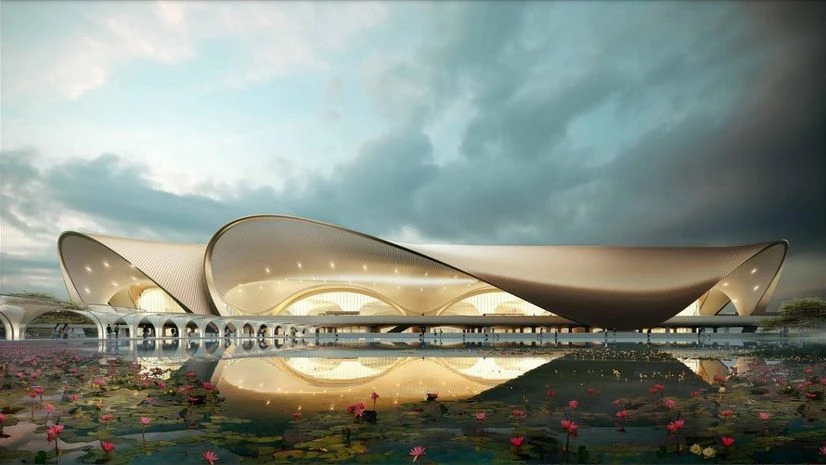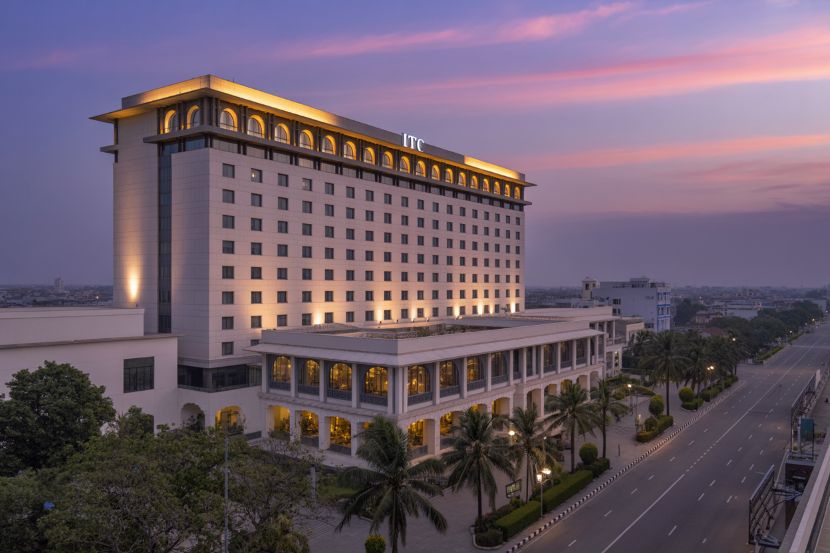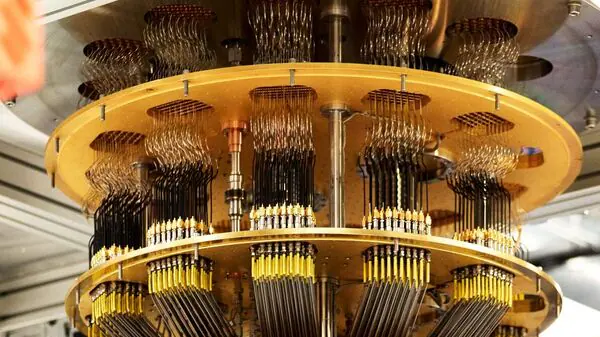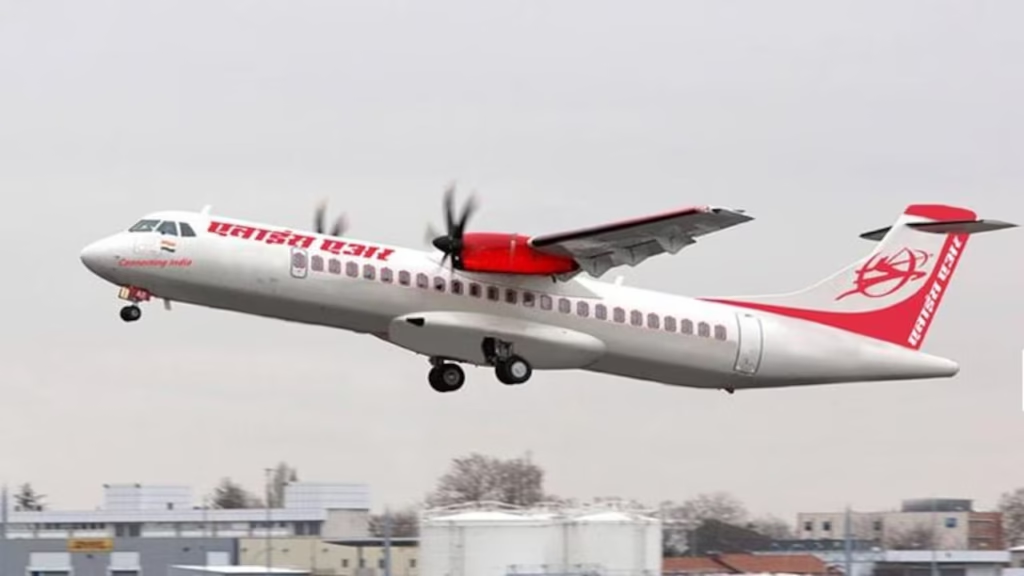Now Reading: Navi Mumbai International Airport: A Glimpse into India’s Next Aviation Landmark
-
01
Navi Mumbai International Airport: A Glimpse into India’s Next Aviation Landmark
Navi Mumbai International Airport: A Glimpse into India’s Next Aviation Landmark

The Navi Mumbai International Airport (NMIA) is poised to redefine India’s aviation landscape. With its innovative design and strategic location, NMIA is set to alleviate congestion at Mumbai’s existing airports and cater to the growing demand for air travel in the Mumbai Metropolitan Region. This article delves into the features and significance of NMIA, highlighting its potential impact on regional connectivity and economic growth.
Strategic Location and Connectivity:
Situated in Ulwe, near Panvel, NMIA is strategically positioned to serve as a major gateway to the Mumbai Metropolitan Region. The airport is well-connected through various transportation networks, including the Mumbai Trans Harbour Link (MTHL), which connects Sewri in South Mumbai to Navi Mumbai. Additionally, the Sion-Panvel Highway and Eastern Freeway provide seamless road access. Future plans include an elevated corridor between Thane and NMIA, further enhancing connectivity.
Architectural Marvel:
NMIA’s design is a testament to modern architecture, featuring three interconnected terminals inspired by the lotus flower. This aesthetic choice not only adds to the visual appeal but also symbolizes India’s cultural heritage. The terminals are equipped with state-of-the-art facilities, including fast baggage-handling systems, modern check-in zones, and lounges designed for passenger comfort. Emphasis on sustainability is evident through the incorporation of green electricity and efficient energy use.
Operational Capacity and Phased Development:
The airport’s first phase is set to handle 20 million passengers annually, with plans to expand to a total capacity of 90 million passengers by 2032. This phased development ensures that NMIA can accommodate the increasing air traffic while maintaining high service standards. The inclusion of two parallel runways and a general aviation terminal further enhances the airport’s operational capabilities.
Economic Impact and Real Estate Development:
The establishment of NMIA is expected to spur economic growth in the surrounding regions, particularly in Tier-2 cities like Panvel. The airport’s development is anticipated to boost real estate demand, with residential projects in proximity to NMIA witnessing increased interest. Additionally, the airport’s cargo terminal is poised to facilitate trade and logistics, contributing to the region’s economic development.
Conclusion:
Navi Mumbai International Airport stands as a beacon of India’s progress in aviation infrastructure. Its strategic location, innovative design, and phased development approach position it to become a pivotal hub in the nation’s aviation network. As NMIA prepares to commence operations, it holds the promise of enhanced connectivity, economic growth, and a significant leap forward in India’s aviation capabilities.

























